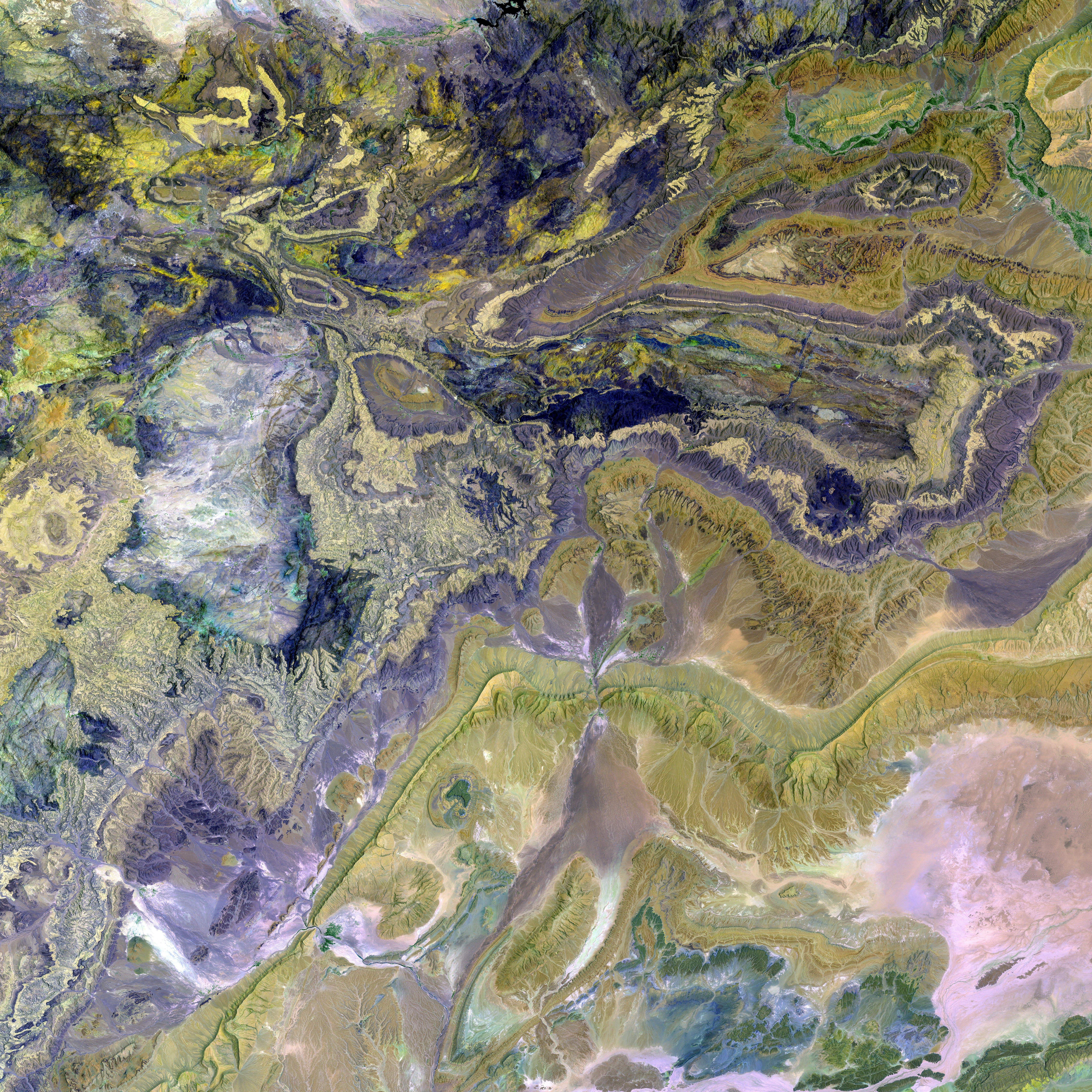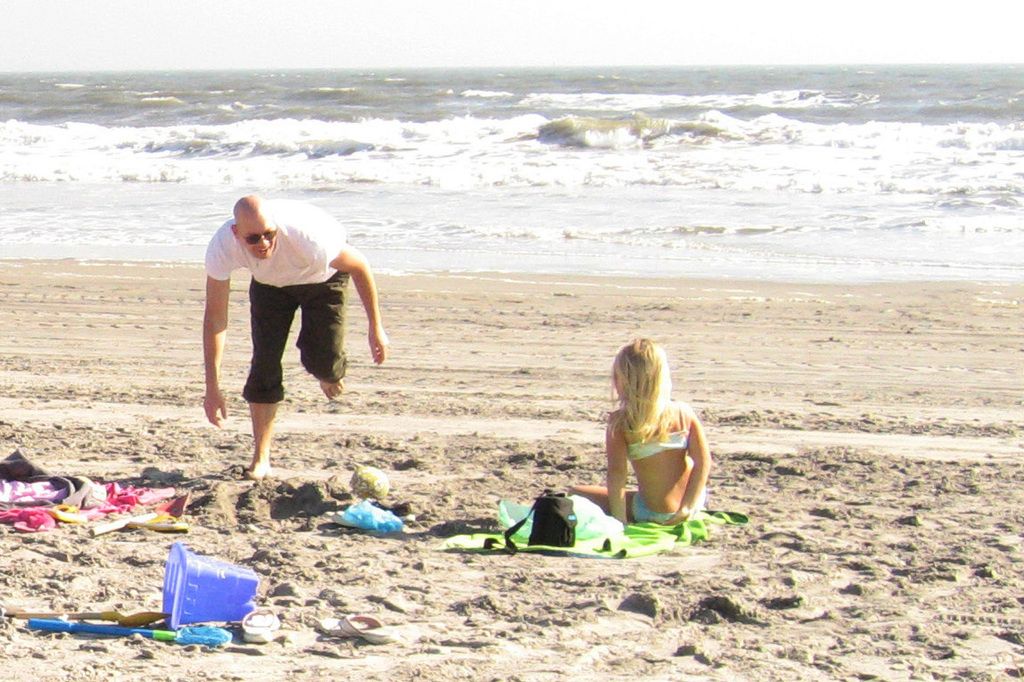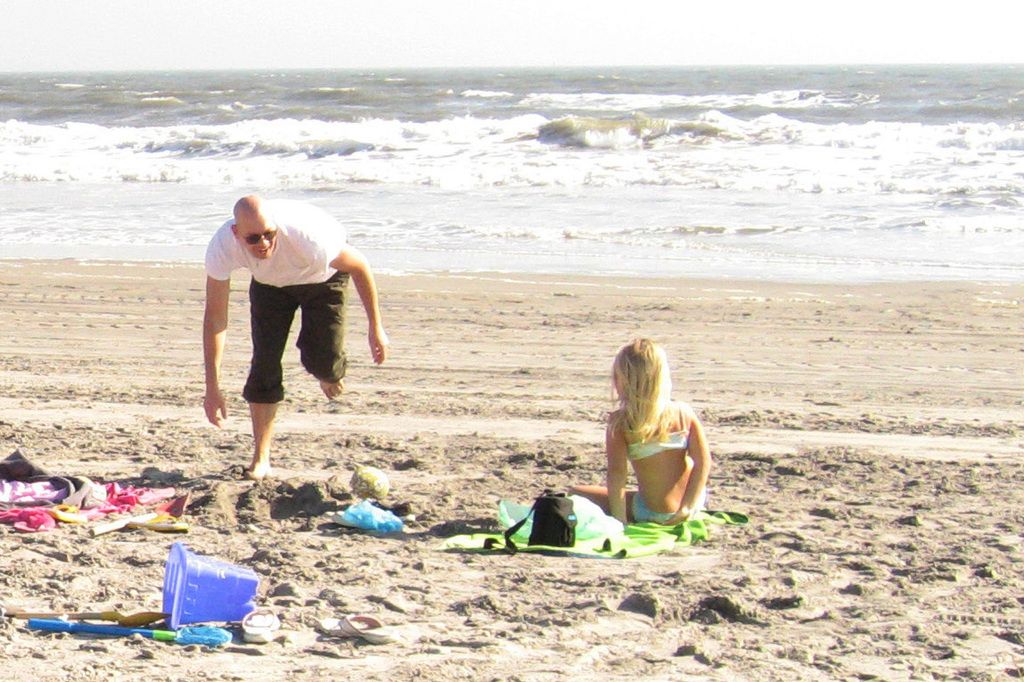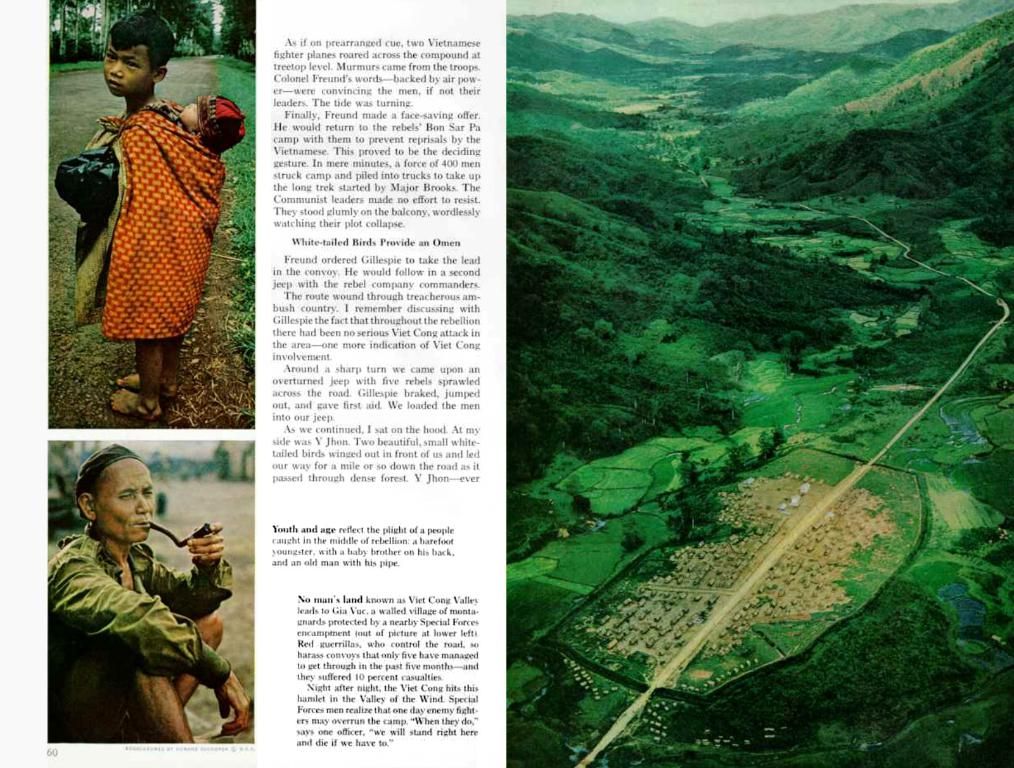Unraveling the Pathway of Infection: Wild Animal to Domestic Transmission of Diseases
Veterinary Public Health Expert Aims to Enhance Understanding of Wild-Domestic Animal Interface for Microbial Spillover Risk Assessment
Professor Michael Ward, Chair of Veterinary Public Health and Food Safety at the University of Sydney, aims to generate new insights into the interface between wild and domestic animals to enable advanced assessment of microbial spillover risks.
During his academic journey, Professor Ward discovered that working solely in a private practice focusing on domestic pets could be monotonous, leading him to explore other aspects of veterinary science, specifically infectious diseases and epidemiology.
His current research focuses on the wild-domestic animal interface and the associated risk of microbial spillover. He believes that many people overly simplify the origin of diseases like Covid-19, failing to understand the intricacies of the wild-domestic animal interface.
Professor Ward's research seeks to clarify factors shaping this interface, including its stability, variability, and species and landscape dependencies. He aims to determine pieces that contribute to disease spillover risks, potential global impacts, and strategies for prevention.
The research is intended to help maintain Australia's disease-free status and prepare for any inevitable diseases that may arise. Regarding the Covid Wuhan market scenario, Professor Ward points out that the close proximity of caged wild animals and chickens or ducks led to the disease's rapid transmission, emphasizing the importance of avoiding such practices.
- Health - First Rabies Death in New Zealand Triggers Call for Vaccination Efforts
Professor Ward supported his ARC Laureate application with four case studies, each exploring complex issues related to wild-domestic animal interfaces and disease spillover risks.
One such case study involves bird flu, which has rarely appeared in Australia despite occurrences in Northern Europe and the US. The research aims to understand why the virus has suddenly appeared in the country, with potential explanations including changes in animal contacts, free-range poultry production, or altered wild bird and habitat conditions due to climate change.
Another area of interest is leptospirosis, historically known as Canecutters' disease, which has reemerged in suburbs like Surry Hills and Redfern in Sydney. The research explores factors causing this change, with initial theories pointing towards earthworks from light rail construction displacing rats and flooding. However, further investigation is necessary to confirm these hypotheses and understand the overall impact on disease dynamics.
The rabies virus spreading in Indonesia is another focus, as it approaches Northern Australia. Researchers are conducting modelling to predict the impacts of the virus's arrival on the mainland, taking into account contact patterns between wild and domestic animals. Additionally, the investigation includes studying the impact of disease spread in wild dingoes and domestic dogs in Indigenous communities.
A fourth case study examines feral pigs and domestic cattle in Western Australia, particularly around Fitzroy Crossing, where both species frequently interact. The research seeks to identify the primary drivers of these interactions and their potential implications for disease spillover risks.
Ultimately, Professor Ward hopes to establish an international collaborative center through organizations like the UN Food and Agriculture Organisation or the World Organisation for Animal Health. The center would function as a risk assessment framework, allowing users to input their data to better understand and manage disease spillover risks worldwide.
As told to Graem Sims
Also in this series 2024 ARC Laureate Fellows:
Energy transition and communities: Professor Chris Gibson
Plate tectonics: Professor Alan Collins
Predicting groundwater discharge Professor Andrew Baker
Unravelling the mysteries of the immune system Professor Gabrielle Belz
Researchers aim to monitor Antarctic vegetation remotely Professor Sharon Robinson
How to build a quantum computer Professor Andrea Morello
Originally published by Cosmos as Deepening Understanding of Disease Spillover from Wild to Domestic Animals
science - Professor Ward's research in the wild-domestic animal interface seeks to unravel factors shaping the interface and determine contributions to disease spillover risks, aiming to establish an international collaborative center for global risk assessments.
medical-conditions - Leptospirosis, historically associated with cane cutters, has reemerged in suburbs like Surry Hills and Redfern in Sydney, spurring research to understand the factors causing this change, including theories of earthworks from light rail construction displacing rats and flooding.
health-and-wellness - Understanding the risk of microbial spillover lies at the heart of Professor Ward's work, as he aims to enhance human health and wellness by preventing diseases like Covid-19, which he believes are too often simplified, failing to appreciate the intricacies of the wild-domestic animal interface.




